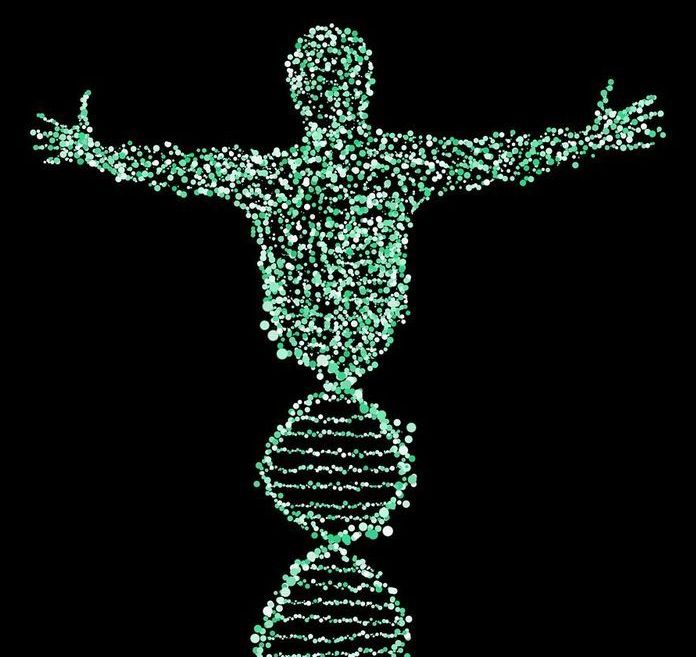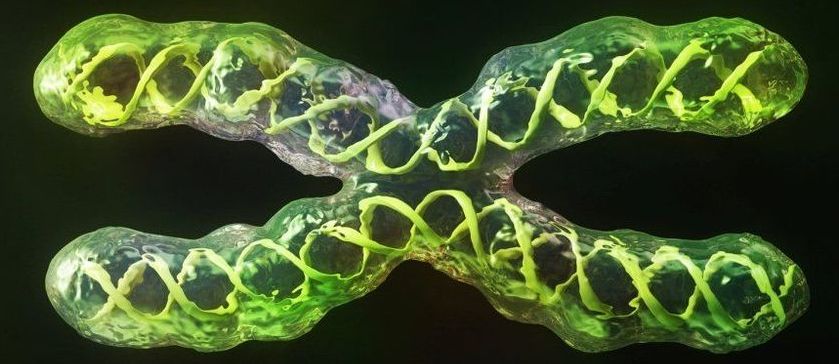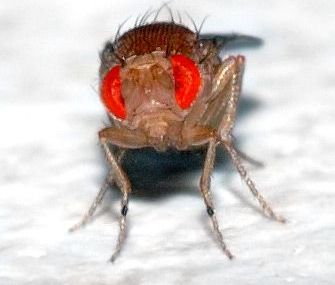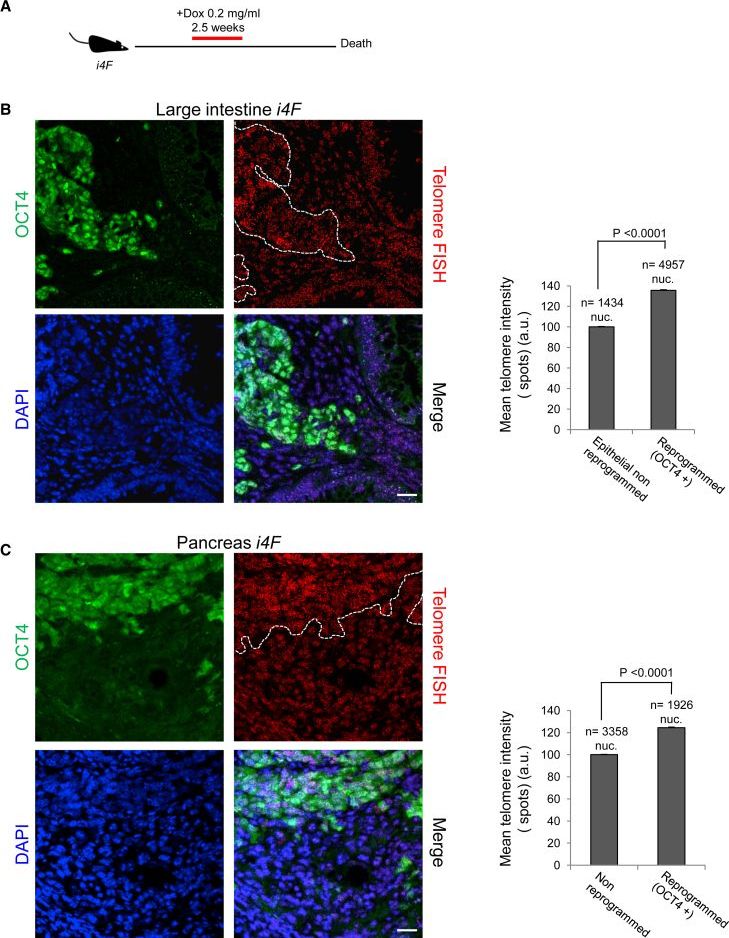Interesting.
Cells naturally follow two highways to the grave, but scientists may have found a scenic route that extends the cell cycle. This may help extend human longevity.



For the first time, scientists have determined the complete sequence of a human chromosome, namely the X chromosome, from ‘telomere to telomere’. This is truly a complete sequencing of a human chromosome, with no gaps in the base pair read and at an unprecedented level of accuracy.
A step closer towards the complete blueprint of a human being
The Human Genome Project was a 13-year-long, publicly funded project initiated in 1990 with the objective of determining the DNA sequence of the entire human genome.

In 2003, history was made. For the first time, the human genome was sequenced. Since then, technological improvements have enabled tweaks, adjustments, and additions, making the human genome the most accurate and complete vertebrate genome ever sequenced.
Nevertheless, some gaps remain — including human chromosomes. We have a pretty good grasp of them in general, but there are still some gaps in the sequences. Now, for the first time, geneticists have closed some of those gaps, giving us the first complete, gap-free, end-to-end (or telomere-to-telomere) sequence of a human X chromosome.
The accomplishment was enabled by a new technique called nanopore sequencing, which enables ultra-long-reads of DNA strands, providing a more complete and sequential assembly.
In this premier episode of Lifespan News, Brent Nally discusses Unity Biotechnology’s human trials of novel senolytic drugs, including a Phase 2 human trial of a senolytic drug for knee osteoarthritis; two proteins that allow LDL cholesterol to enter our cells; Ponce de Leon Health and epigenetic age reversal; the reason why naked mole rats are so resistant to cancer; XPrize adding longevity to its impact roadmaps; and a promo code for Ending Age-Related Diseases 2020, our upcoming online conference.
You can get your ticket to EARD2020 at https://www.eventbrite.com/e/ending-age-related-diseases-202…4918805703
0:00 Introduction
0:51 Unity Biotechnology Updates
1:43 Proteins & LDL: https://www.lifespan.io/news/two-proteins-allow-ldl-cholesterol-into-our-cells/
2:17 Epigenetic Age Reversal: https://www.lifespan.io/news/pilot-study-results-suggest-epi…-reversal/
3:18 Naked Mole Rat
4:11 XPrize and Longevity: https://www.xprize.org/articles/future-of-longevity-blog-post
4:50 Additional Information and Outro
HOW CAN YOU SUPPORT US?
▀▀▀▀▀▀▀▀▀▀▀▀▀▀▀▀▀▀▀▀▀▀▀▀▀▀
LEAF / Lifespan.io is a 501©(3) nonprofit organization. Everything we’ve done thus far and everything we will do in the future is thanks to your support — please stand with us to fight the diseases of aging and increase healthy human lifespan.
► Support us with monthly donations by becoming a Lifespan Hero: https://www.lifespan.io/hero
► Make a one-time donation and learn about other ways to support us here: http://lifespan.io/support
► Learn more, and help us #CrowdsourceTheCure: https://www.lifespan.io
► Subscribe: https://www.youtube.com/user/LifespanIO
#LifespanNews #LifespanIO #Unity #XPrize #Senolytics
The current market is expected to balloon to $1.0-$1.5 trillion in the next 20 years. Not even the anti-aging industry is worth that much!
The next decade is going to be an important one, with declining costs & advanced technology propelling the space economy to new highs. We have never been closer to the final frontier.
Reprinted with permission from the author.
Faisal Khan is a prolific Canada-based tech blogger and influencer. He is the founder and editor of the Technicity publication which focuses on technical, scientific and financial knowledge sharing. Follow him on Twitter @fklivestolearn.

Scientists at USC Dornsife College of Letters, Arts and Sciences may have found the beginnings of a path toward increasing human lifespan.
The research, published July 10 by the Journal of Gerontology: Biological Sciences, shows the drug mifepristone can extend the lives of two very different species used in laboratory studies, suggesting the findings may apply to other species, including human beings.

Reprogramming of differentiated cells into induced pluripotent stem cells has been recently achieved in vivo in mice. Telomeres are essential for chromosomal stability and determine organismal life span as well as cancer growth. Here, we study whether tissue dedifferentiation induced by in vivo reprogramming involves changes at telomeres. We find telomerase-dependent telomere elongation in the reprogrammed areas. Notably, we found highly upregulated expression of the TRF1 telomere protein in the reprogrammed areas, which was independent of telomere length. Moreover, TRF1 inhibition reduced in vivo reprogramming efficiency. Importantly, we extend the finding of TRF1 upregulation to pathological tissue dedifferentiation associated with neoplasias, in particular during pancreatic acinar-to-ductal metaplasia, a process that involves transdifferentiation of adult acinar cells into ductal-like cells due to K–Ras oncogene expression. These findings place telomeres as important players in cellular plasticity both during in vivo reprogramming and in pathological conditions associated with increased plasticity, such as cancer.
Keywords: in vivo reprogramming, telomeres, stem cells, TRF1, tumorigenesis, cellular plasticity, cancer, transdifferentiation, ADM, regeneration.
Reprogramming into full pluripotency has been achieved in vivo in the context of mouse tissues (Abad et al., 2013). Thus, induction of the reprogramming factors in transgenic mice (so-called reprogrammable mice) results in reprogramming events marked by the expression of the pluripotency factor NANOG in multiple organs, tissue dedifferentiation, and teratoma formation. Therefore, these mice could be useful for a deeper understanding of the molecular mechanisms that govern tissue dedifferentiation in vivo. Interestingly, mammalian cell reprogramming can also occur spontaneously during regeneration after injury or damage conditions (Yanger et al., 2013). Differentiated cells can be converted in vivo into another cell type and also into functional multipotent stem-like cells (Tata et al., 2013). This capacity of somatic cells to dedifferentiate into stem-like cells in vivo may have a pivotal role in physiological tissue regeneration or during tumorigenesis.
A little-studied liver protein may be responsible for the well-known benefits of exercise on the aging brain, according to a new study in mice by scientists in the UC San Francisco Eli and Edythe Broad Center for Regeneration Medicine and Stem Cell Research. The findings could lead to new therapies to confer the neuroprotective effects of physical activity on people who are unable to exercise due to physical limitations.
Exercise is one of the best-studied and most powerful ways of protecting the brain from age-related cognitive decline and has been shown to improve cognition in individuals at risk of neurodegenerative disease such as Alzheimer’s disease and frontotemporal dementia —even those with rare gene variants that inevitably lead to dementia.
But many older adults are not able to exercise regularly due to physical limitations or disabilities, and researchers have long searched for therapies that could confer some of the same neurological benefits in people with low physical activity levels.

Aging/longevity/heathspan fans!!
Aging Journal – The mitochondrial derived peptide humanin is a regulator of lifespan and healthspan
The scientists observed that species which are already predisposed to long life, including the naked mole rat had high levels of humanin, while mice, in contrast, experience a 40% decrease in humanin over the first 18 months of their life and primates experienced a similar notable decrease between the ages of 19 and 25.